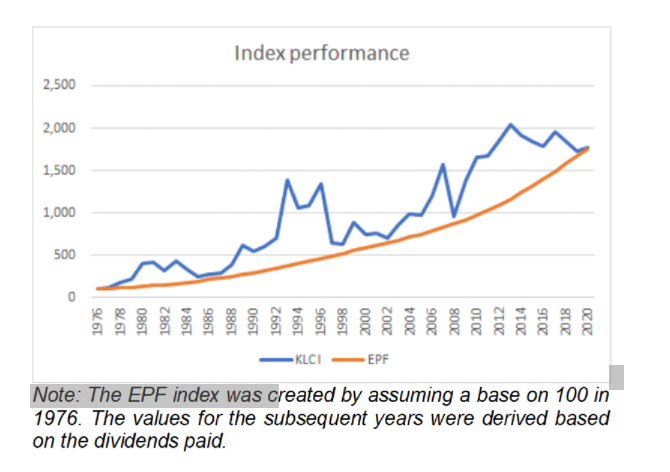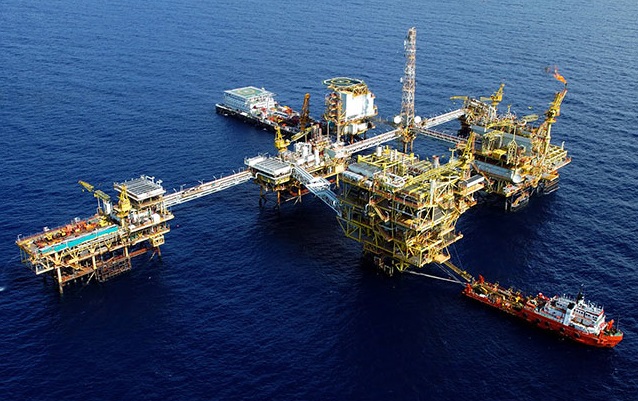THE palm oil sector is one of Malaysia’s primary industries. It makes up the largest share of the agricultural sector.
According to the Department of Statistics, the agriculture sector contributed 7.1% to Malaysia’s gross domestic product (GDP) in 2019. Palm oil was the major contributor to the agriculture sector with 37.7%.
Palm oil is essentially a commodity with cyclical prices. As such you would think that the fortunes of the plantation companies should also be cyclical.
In mid-2021, there were 43 companies under the plantation sector of Bursa Malaysia. A majority of these companies are involved in the cultivation of oil palm trees. There were 41 companies with financials from 2013 to 2020.
If you look at the profits of these 41 companies, while there was a cyclical pattern in line with the palm oil prices, the overall trend was a decline.
Refer to the chart below. In this chart, I have plotted the palm oil prices, sector revenue and sector profits for the various years relative to the respective values in 2013 so that you can see the trend clearly.

The average net profit peaked in 2014. Thereafter, it never went above the 2013 level. In 2020, the average profit was 49% lower than that in 2013.
Revenue for the sector was relatively less volatile and on an uptrend. The sector revenue had been growing from 2013 to 2017 and thereafter started to decline. However, the average revenue in 2020 is still 15% larger than the average revenue in 2013.
Unfortunately, if you are an investor in the sector, you would be looking at the bottom line and returns. You should not be surprised to find that the returns over the past eight years have also declined. The following ROE chart illustrate this:
- The average returns in 2020 are about half of those in 2013.
- The peak was in 2014.
- For the past three years, about a quarter of the group had negative returns.

Are there silver linings?
- For most part of the period, the average debt-to-equity ratio hovered around the 0.5 level. About a quarter of the companies had zero debt.
- The sector had been able to generate positive cash flow from operations. The average cash flow from operations in 2020 is at about the same as that for 2013. The only bad performance was in 2015 when the profit was low.
- The sector had been able to maintain the productive use of its assets. The sector asset turnovers from 2014 to 2020 are about that of 2013.
- Gross profitability was stable.
Gross profitability is a profitability indicator introduced by Professor Robert Novy-Marx of University of Rochester. It is computed by dividing gross profits by total assets. According to him, gross profitability has roughly the same power as book-to-market price in predicting the cross-section of average returns.
The average gross profitability for the sector in 2020 is about the same as that in 2013. In fact, there is only one year (2017) that the sector average had gone below the 2013 level. It does suggest a resilient industry notwithstanding the declining and volatile earnings. Part of the reason for this is the relative stable gross margins and total assets.

What does this mean for the retail investor?
If you dig deeper, you can see that there is a wide difference in the performance among the sector companies. The chart below showed the inter-quartile profit with the average. For the past three years, about one quarter of the group suffered losses.
However, the profit for the upper quartile (third quartile) in 2020 is about the same as those in 2020.

In fact, there are 11 companies that actually had a profit uptrend during this period. If you are a retail investor, you should carry out a fundamental analysis of these 11 companies and pick the top one or two performers.
The moral of the story? There are still gems even if the sector average profits and returns are not exciting.
Datuk Eu Hong Chew was on the board of I-Bhd from 1999 till 2020. As Group CEO, he led its transformation from a digital appliance manufacturer into the developer of i-City, the Selangor Golden Triangle.
Note: For the list of the panel companies and methodology, kindly refer to “How the Malaysian plantation sector performed over the past 8 years” that was first published on i4value.asia.
The views expressed are solely of the author and do not necessarily reflect those of Focus Malaysia.









